Museo Inka, Cusco
A review of a visit to the Museo Inka in Cusco. This immense museum collection covers a lot more than just the Incas. And does it very unassumingly!
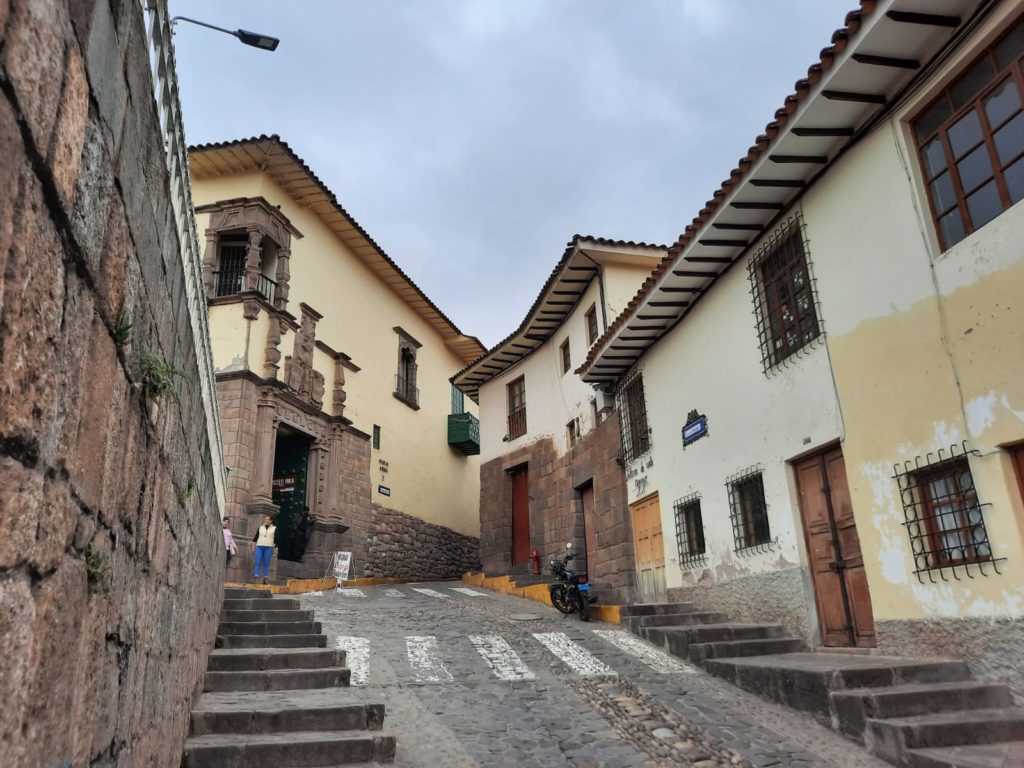
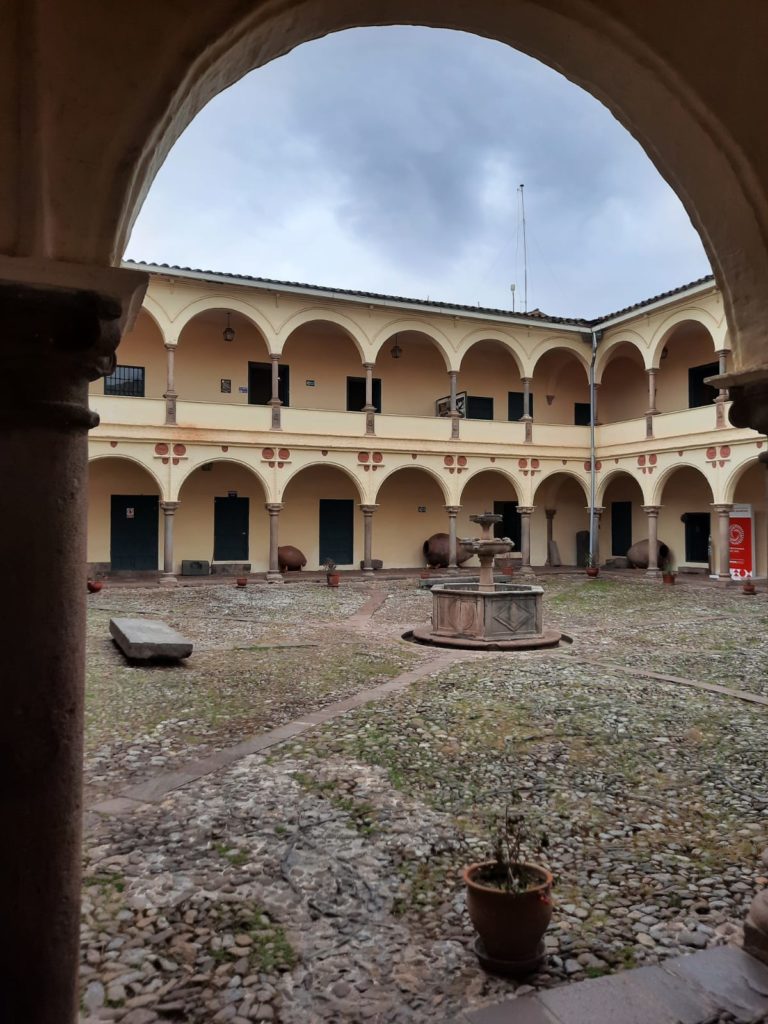
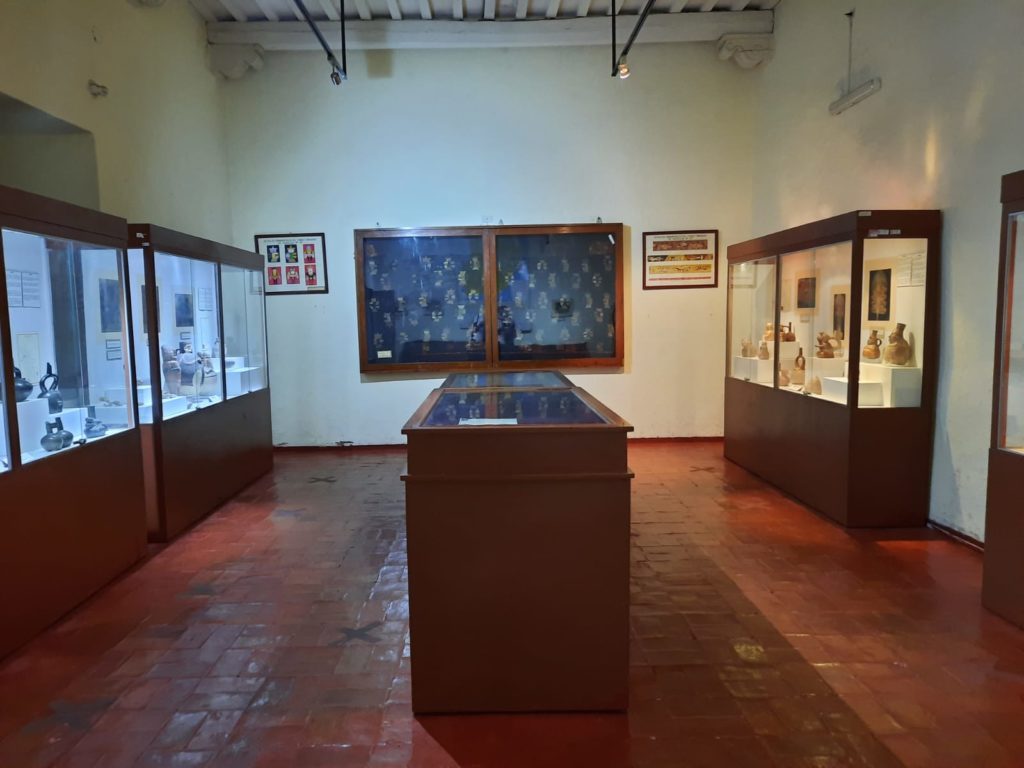
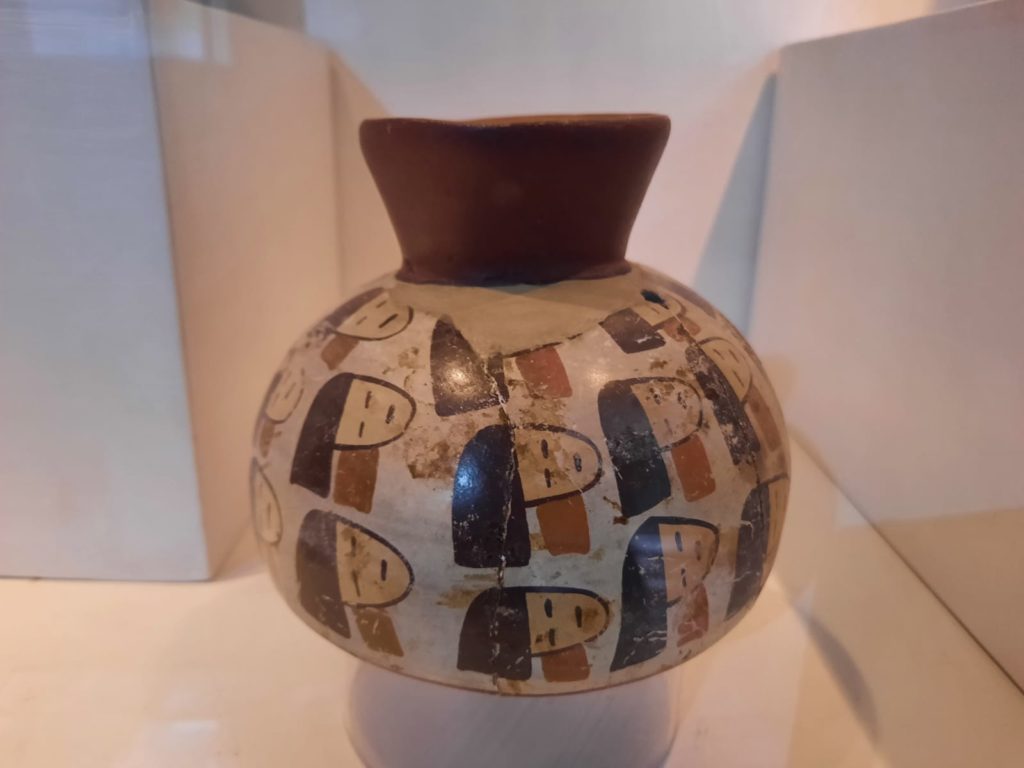
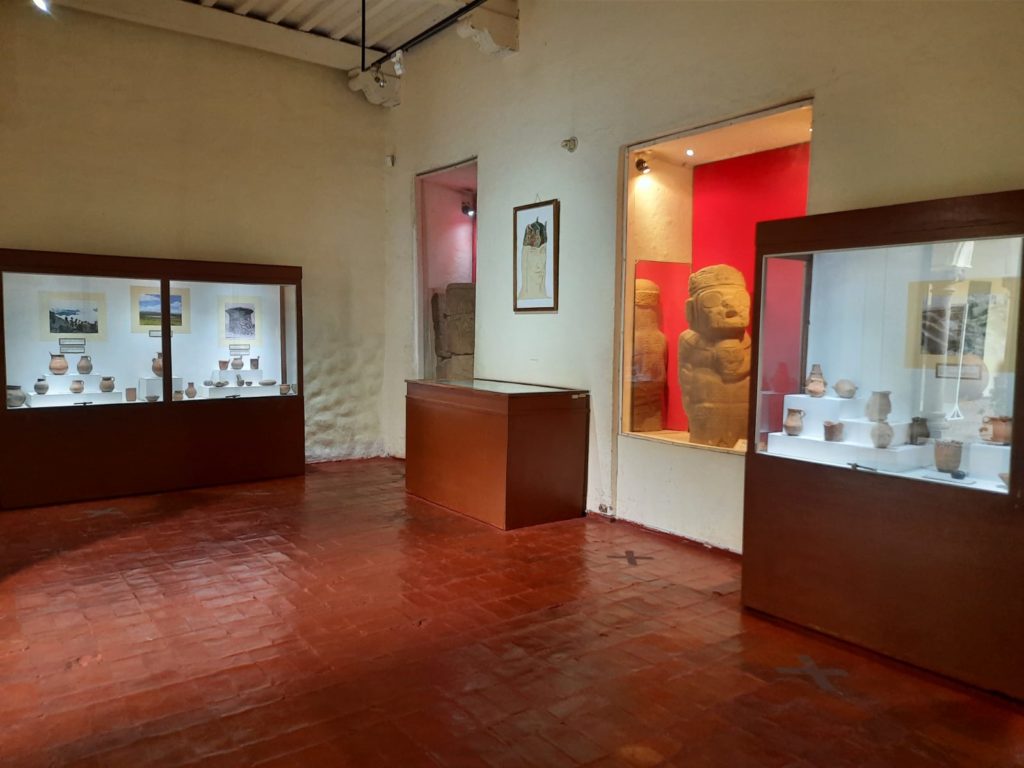
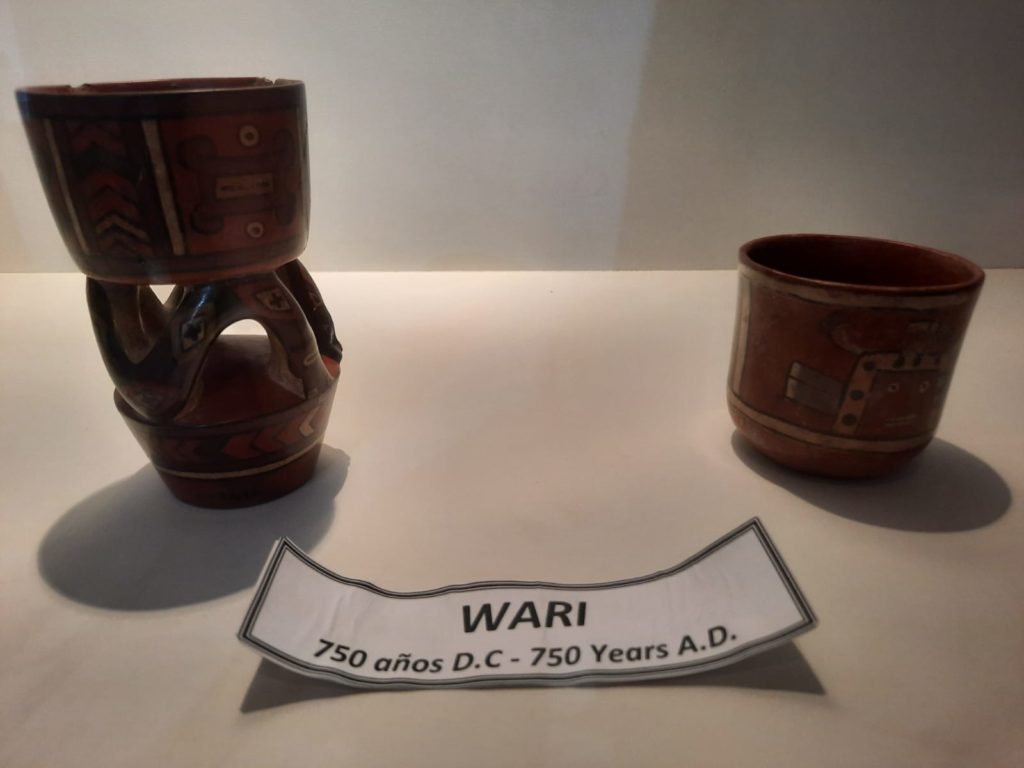
The Museo Inka
This is our second museum visit in Cusco, after the Museo Machu Picchu Casa Concha. The Museo Inka is a much bigger affair; in fact this is the best place to see Inca and other pre-Hispanic artefacts in Cusco. Like the Museo Machu Picchu, the Museo Inka occupies a historic, colonial-era building (or more precisely, as is often the case in Peru, a colonial-era building which has been rebuilt twice after earthquakes).
The Casa del Almirante (Admiral’s House) was built in the early 17th Century on Inca foundations. The first rebuild took place after an earthquake in 1650. The second earthquake in 1950 was less serious, so repairs rather than a full rebuilt were required. Today, this is one of Cusco’s finest colonial houses, with nice features such as a column in an upstairs window which looks like a bearded man from the inside, and a naked woman from the outside. Like other colonial houses we have seen, the Casa del Almirante is laid out around a large central courtyard. Also like the Museo Machu Picchu, the museum is administered by the Universidad Nacional de San Antonio Abad del Cusco.
One difference between the Museo Machu Picchu Casa Concha and the Museo Inka is their scale. The former is focused around object from one site only, and can comfortably be seen in an hour or so. You could easily set aside a half day for the Museo Inka, which covers millennia of history in a much bigger exhibition space.
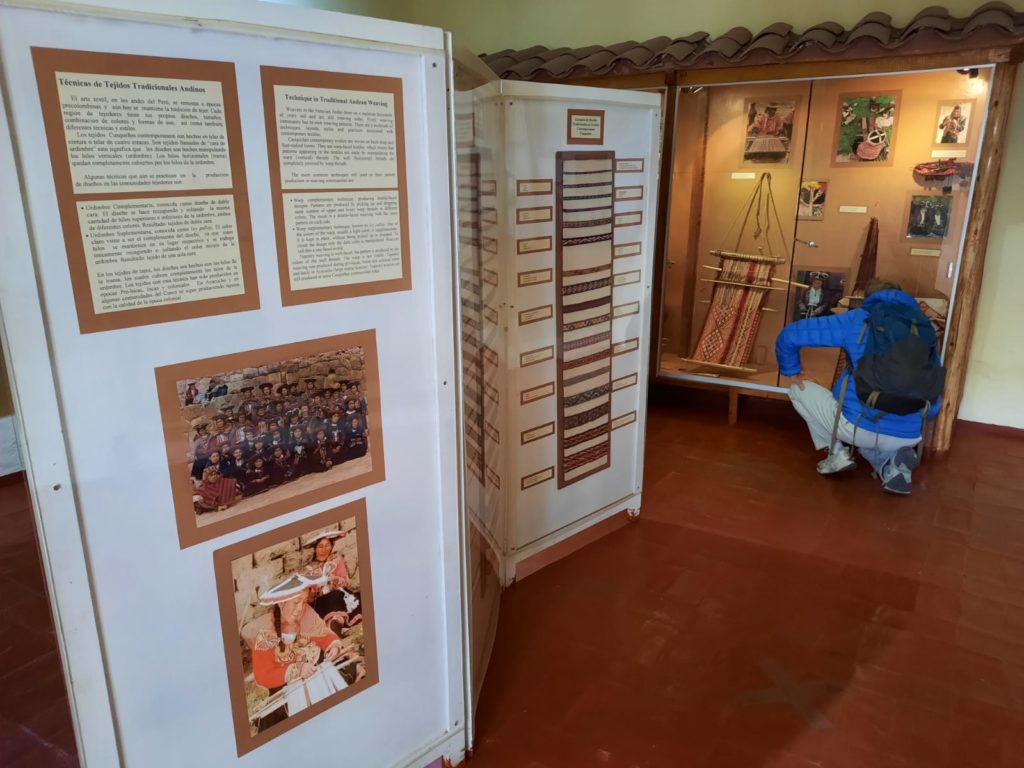
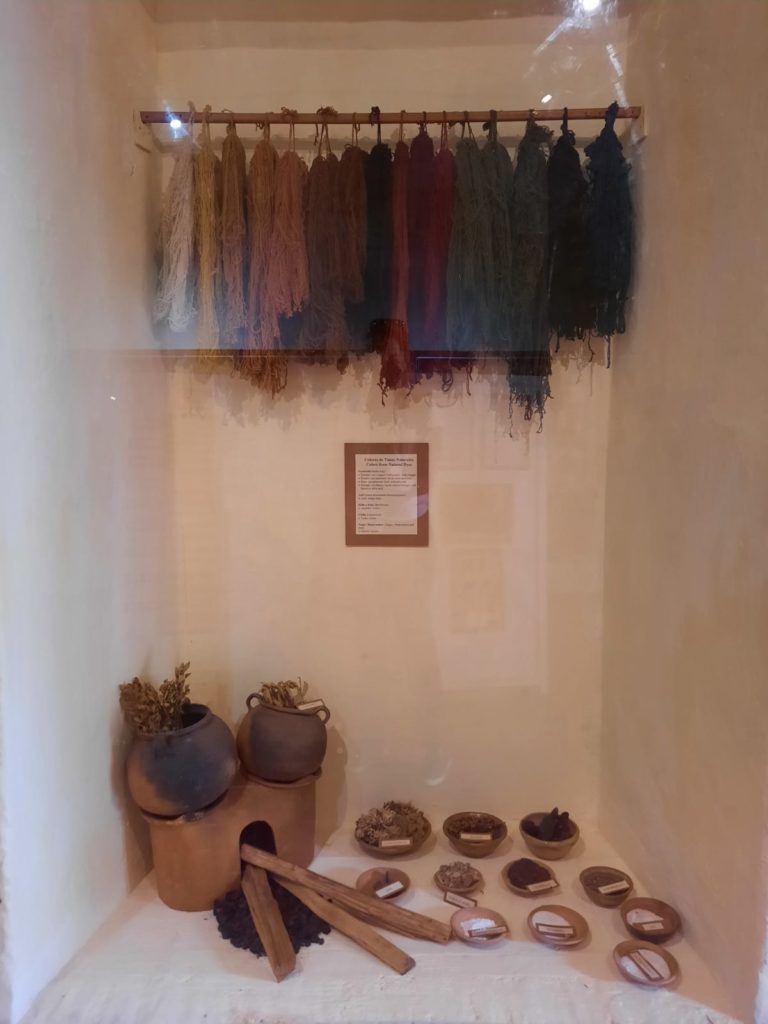
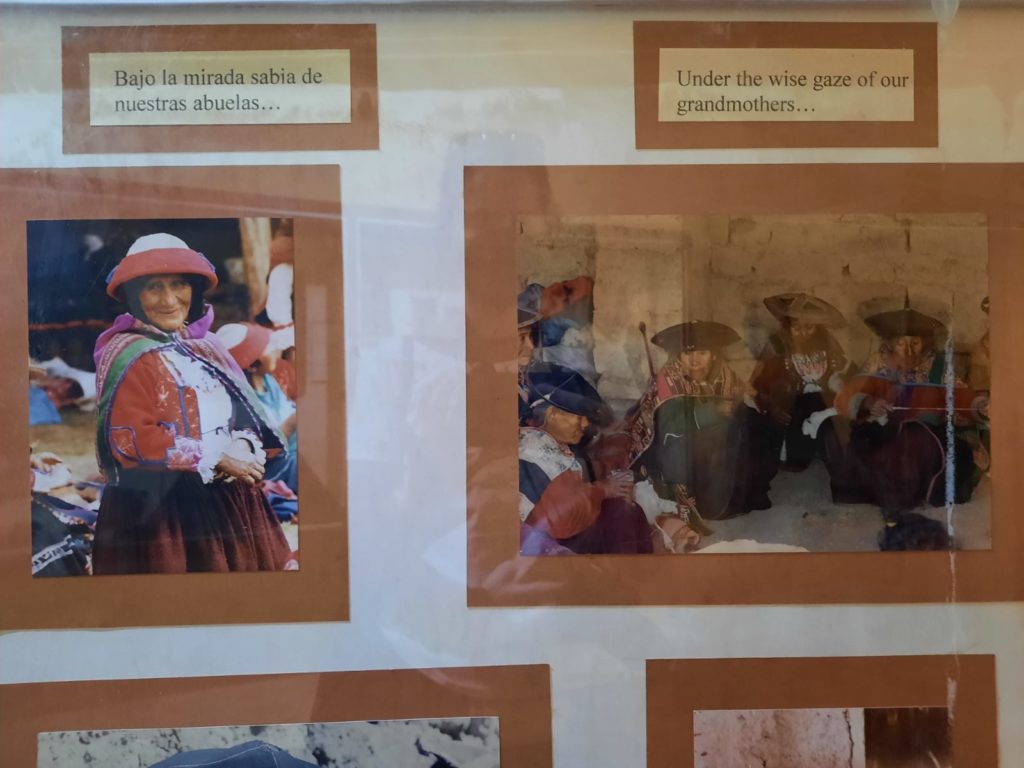
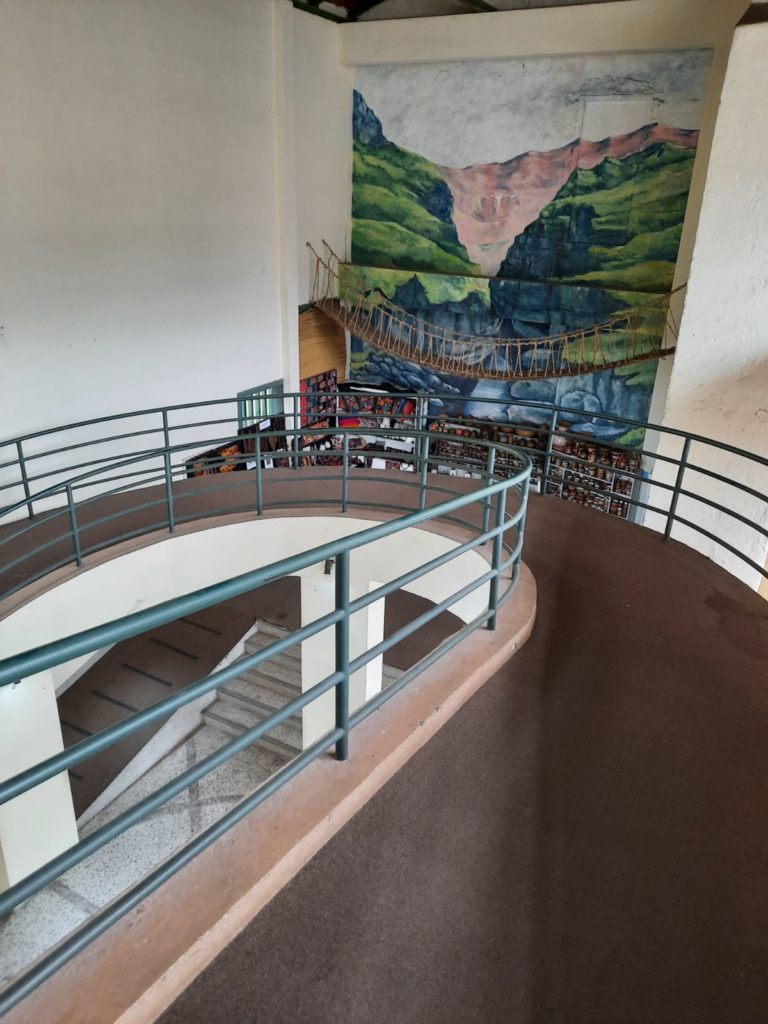
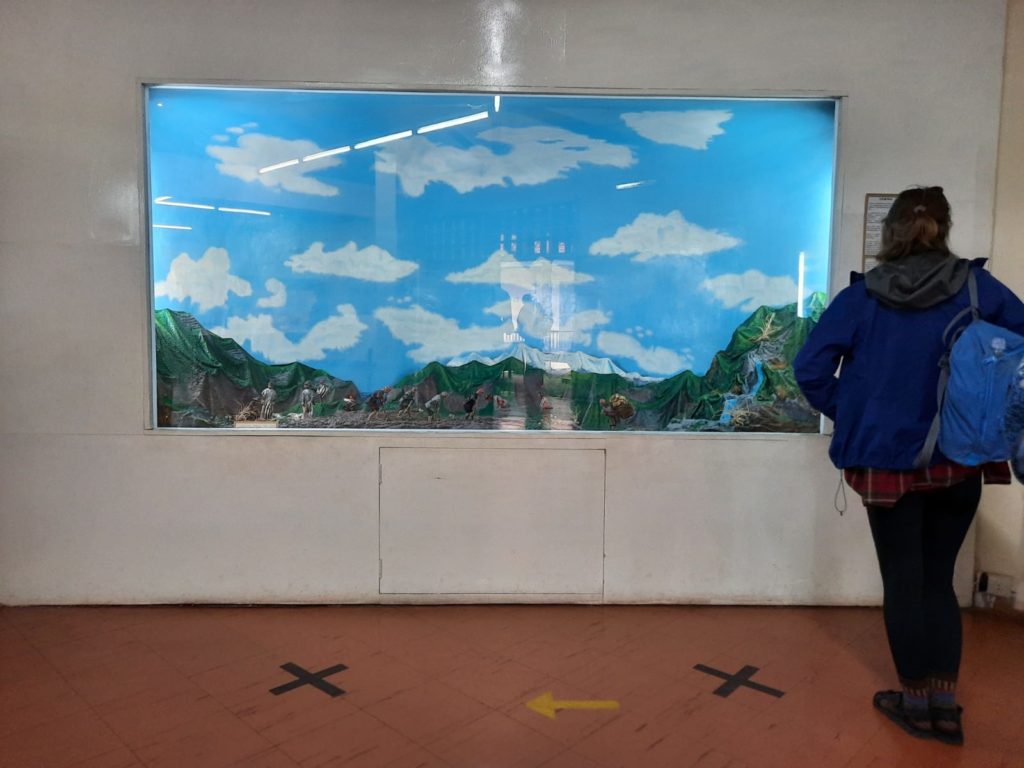

What Does The Museo Inka Cover?
Firstly, it’s important to know that the Museo Inka isn’t solely about the Incas. Sure, this is Peru’s Inca capital so a lot of what’s on display relates to the Inca Empire, but the Museo Inka diligently tells a broader story. Beginning in the downstairs rooms, you will start by exploring some of Peru’s earlier pre-Hispanic cultures. The Wari, Nazca, Moche, and other names you may recognise already (for instance if you’ve been to the Museo Larco). This is where I started to get a feel for the museum, and knew that I was going to like its old-fashioned charms.
Further on, there is a lot of contextual information to situate Inca culture and demonstrate points of continuity with present-day Quechua people. There are displays on weaving, and ritual life and offerings. The Museo Inka explains the different geographies of the Andes; goes into depth on ceramics, architecture, and textiles; and explains the Inca religion. This is where that half day that you set aside earlier comes in handy – to really take everything in you need to slow down and take your time.
As you move towards the latter part of the museum, the Museo Inka begins to tell the tale of contact between Inca and Spanish culture. You can see examples of Inca objects decorated in a new, colonial style. There are paintings of Inca nobles – status markers in a new social order. That this story is told in some of the most highly-decorated colonial rooms of the Casa del Almirante seems fitting.

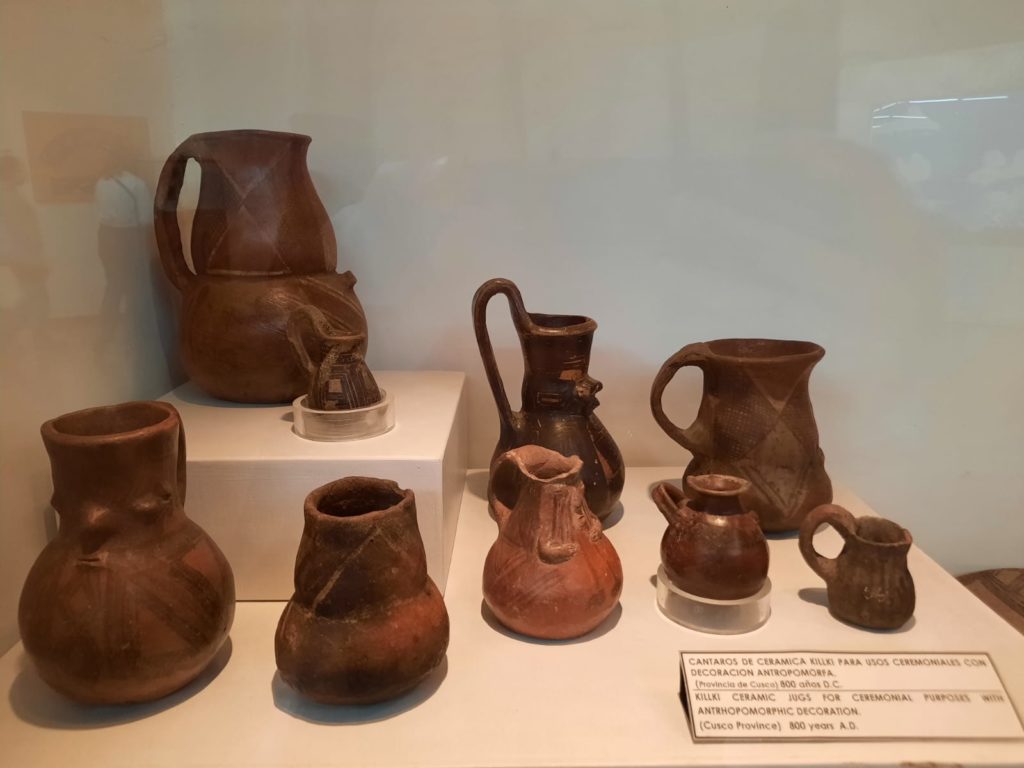
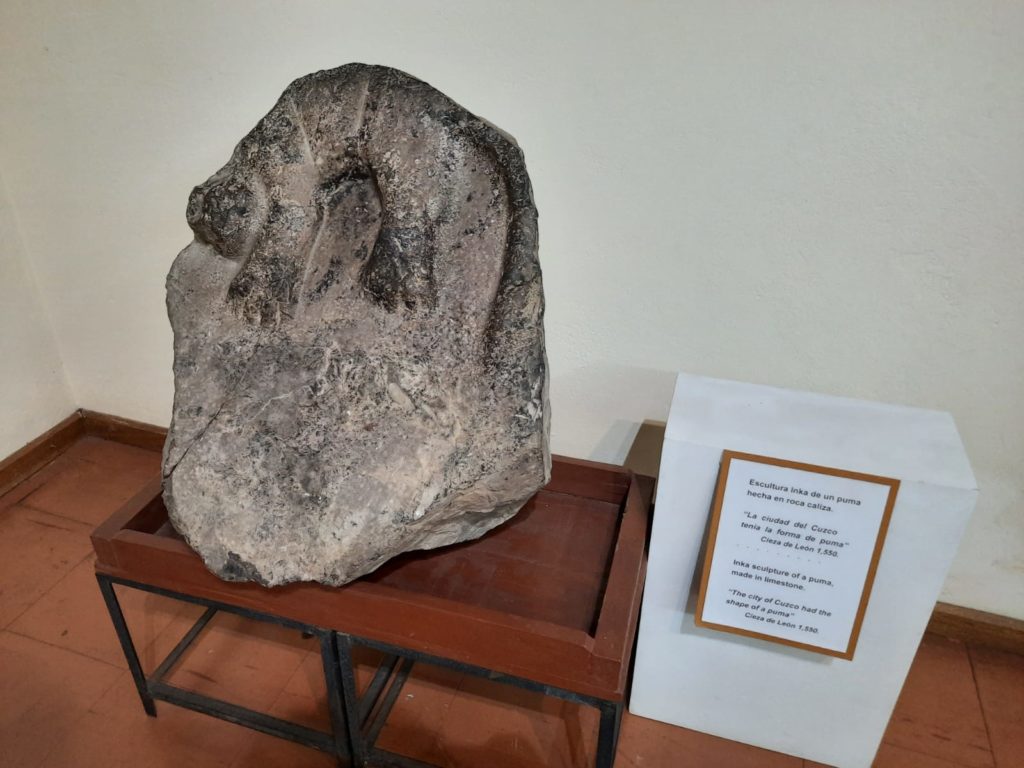
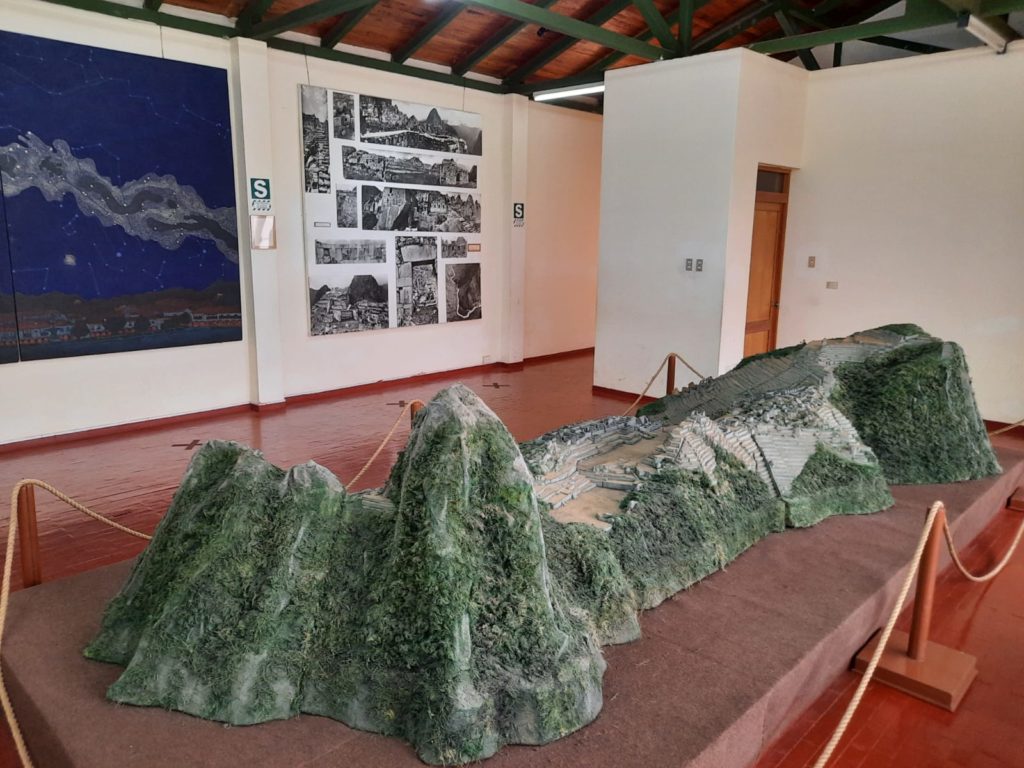

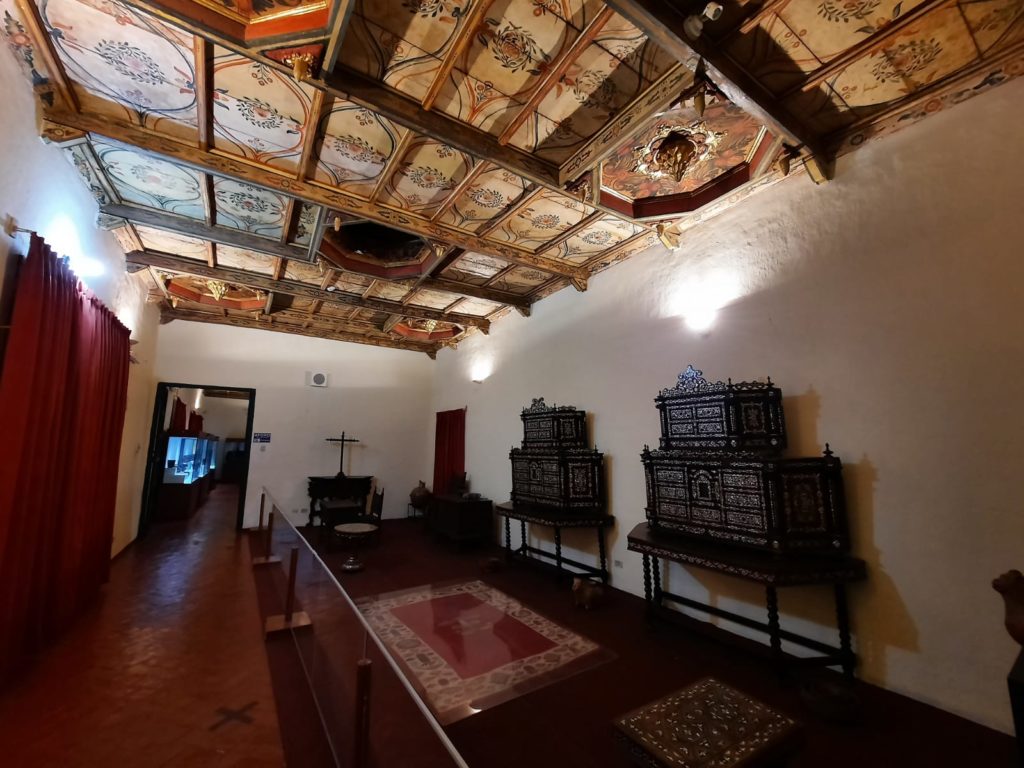
Old-Fashioned Charm
So, as I mentioned earlier, I knew early on that I was going to like the Museo Inka. That is because, from the beginning, it’s clear that this is a museum of old-fashioned charm; a style that long-term readers know I enjoy. There are plenty of glass display cases. It’s all chronological or thematic, no fancy objects ‘in dialogue’. Displays are accompanied by simple printed paper labels and texts, often looking a bit worse for wear.
And really, for what the Museo Inka is trying to achieve, this is perfect. The audience (at least pre-Covid) must be largely visitors, looking to learn more about Peruvian history and Inca culture. You don’t really need bells and whistles for those who are new to a subject; telling the tale through a straightforward presentation of a good selection of objects is enough. The texts are (with some exceptions) in Spanish and English, so are accessible to local and foreign visitors. Overall, if you are only going to visit one museum while you’re in Cusco, this is probably the one to pick.
There was only one area where I felt the Museo Inka tipped over from charming to a little distasteful. This was their display of human remains – mummies, to be precise. The Museo Inka has half a dozen mummies on display, set up in a ‘cave’ where you peer through cutouts in a partition to see them. Under a red light, and positioned in a sort of diorama, it didn’t seem to be to be respectful of the mummies as people and individuals. Rather it was something a little ghoulish for the tourists, at the expense of a more nuanced view of death in the Inca Empire.
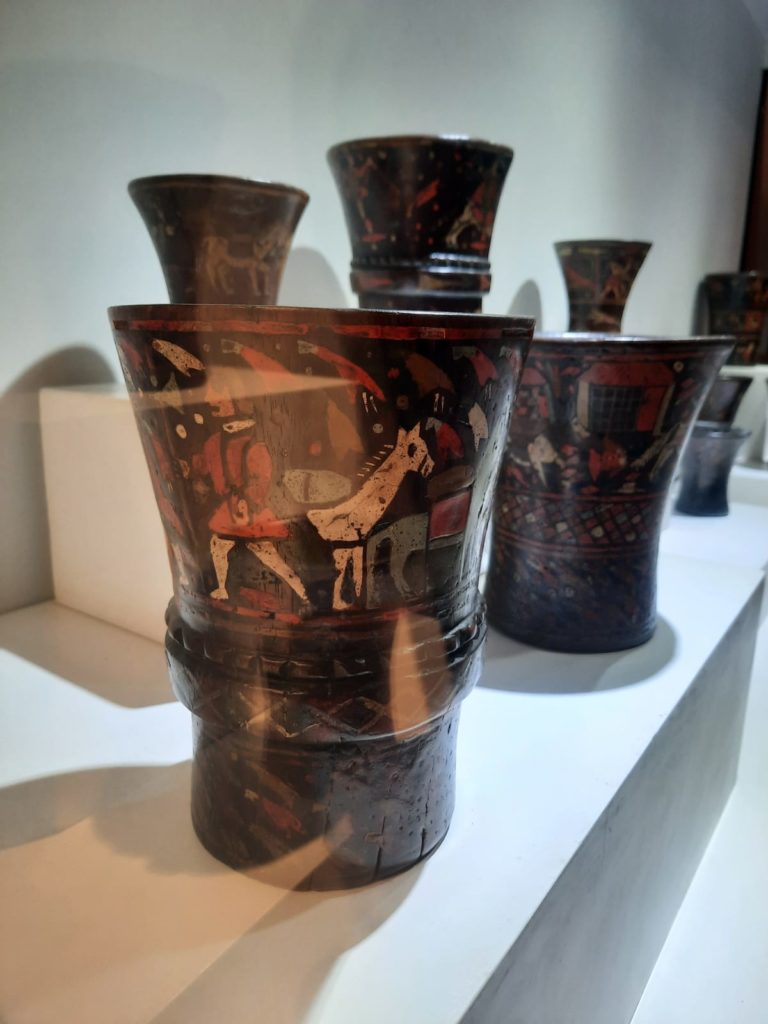
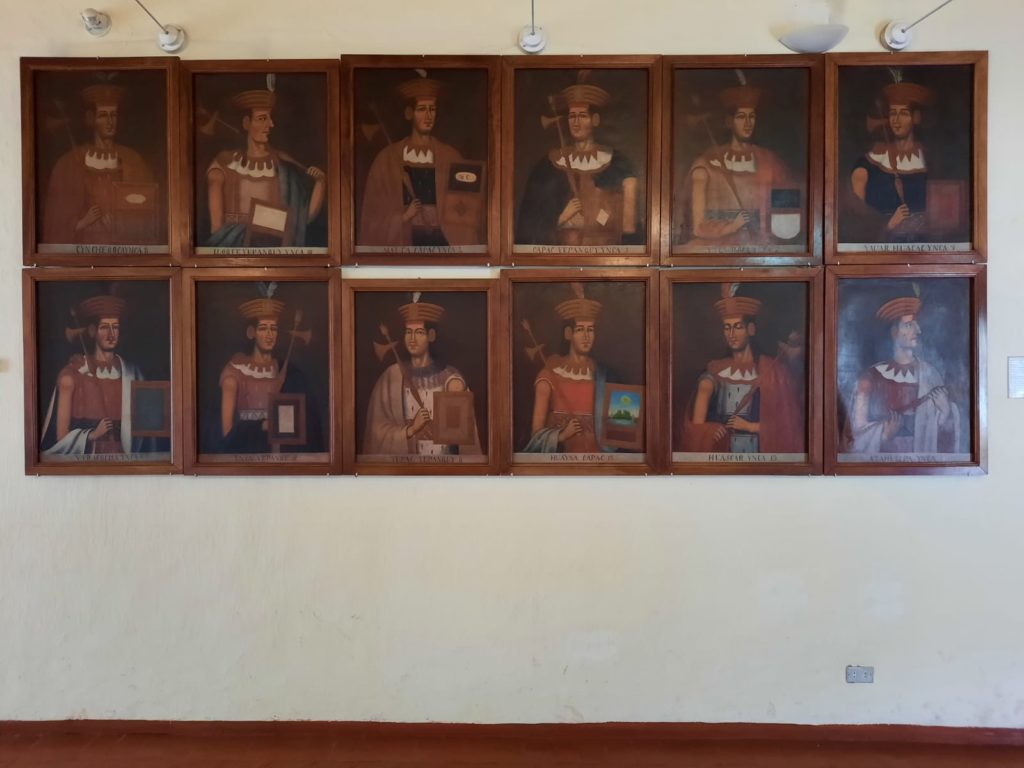
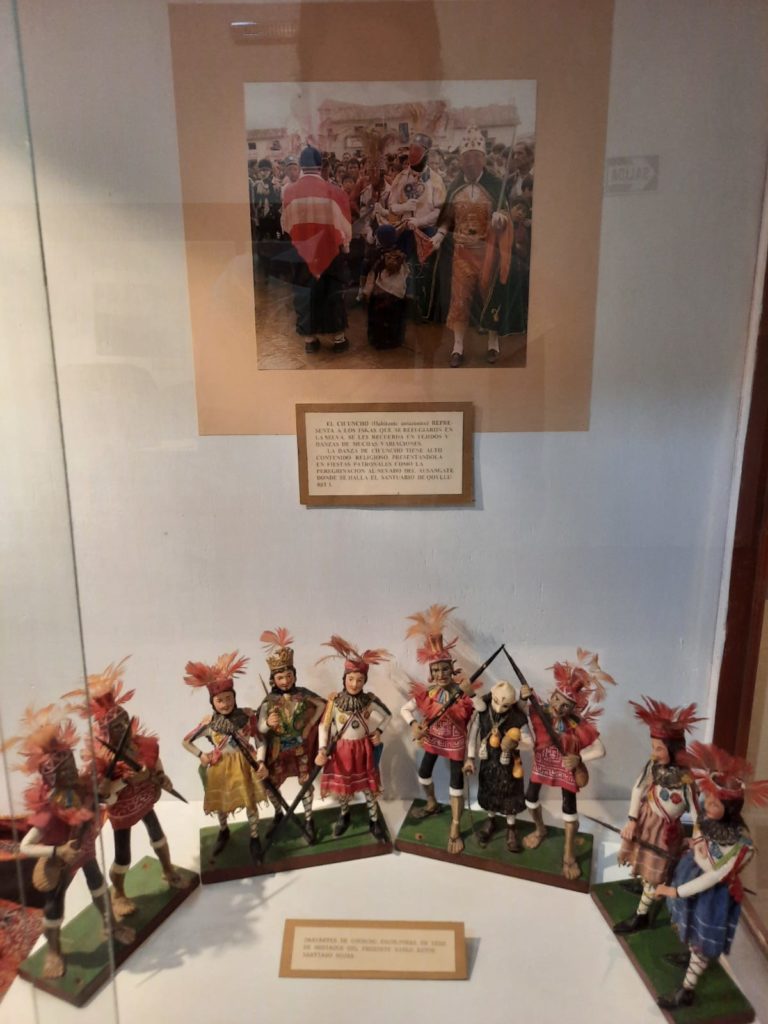

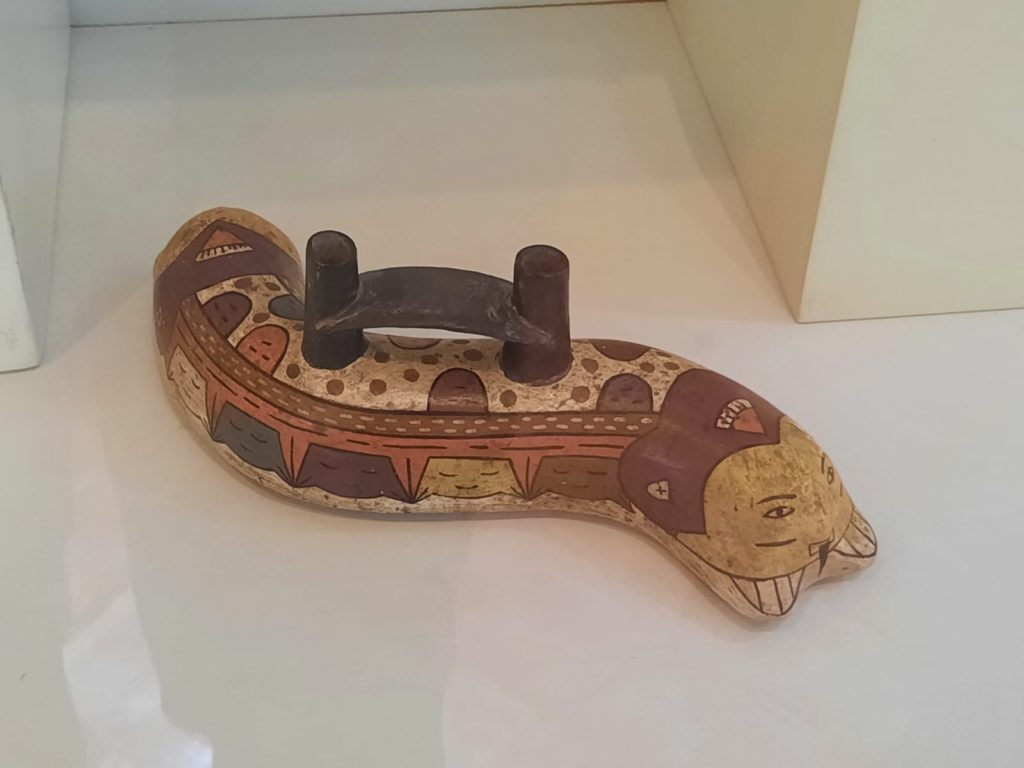
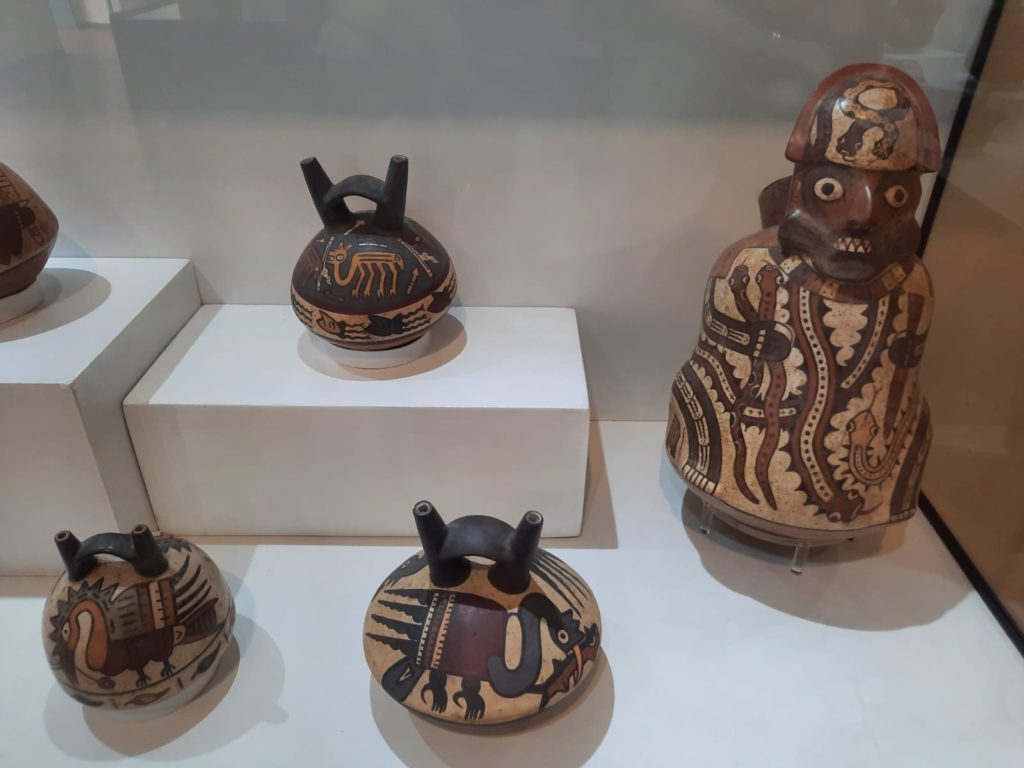
Should I Visit The Museo Inka?
As I said above, this is probably the one to pick in Cusco if you only have time for one museum. Firstly it’s comprehensive, covering from pre-Inca to colonial history as well as geography and other topics. There are more Inca artefacts than you can shake a stick at. It’s also a pretty representative museum in terms of Cusco, most of which also seem to be former colonial buildings transformed into museums, with a few interesting original decorative features.
If you like to visit your museums thoroughly and methodically, however, you need to make sure you have sufficient time. I was trying to pack a lot into my time in Cusco so had to rush a little. And even then it took me quite a while to get around the museum. It’s not a small space! You could consider hiring a guide to help you focus on a few highlights in the time you have available.
Lastly, the Museo Inka is not part of Cusco’s boleto turistico. You need a stand-alone ticket (which is inexpensive, at 10 soles for foreign adults (about £2). It’s conveniently located just above the main square, the Plaza de Armas. Do consider stopping in on your own visit to Cusco, and let me know what you think in the comments!
Salterton Arts Review’s rating: 3.5/5
Trending
If you see this after your page is loaded completely, leafletJS files are missing.

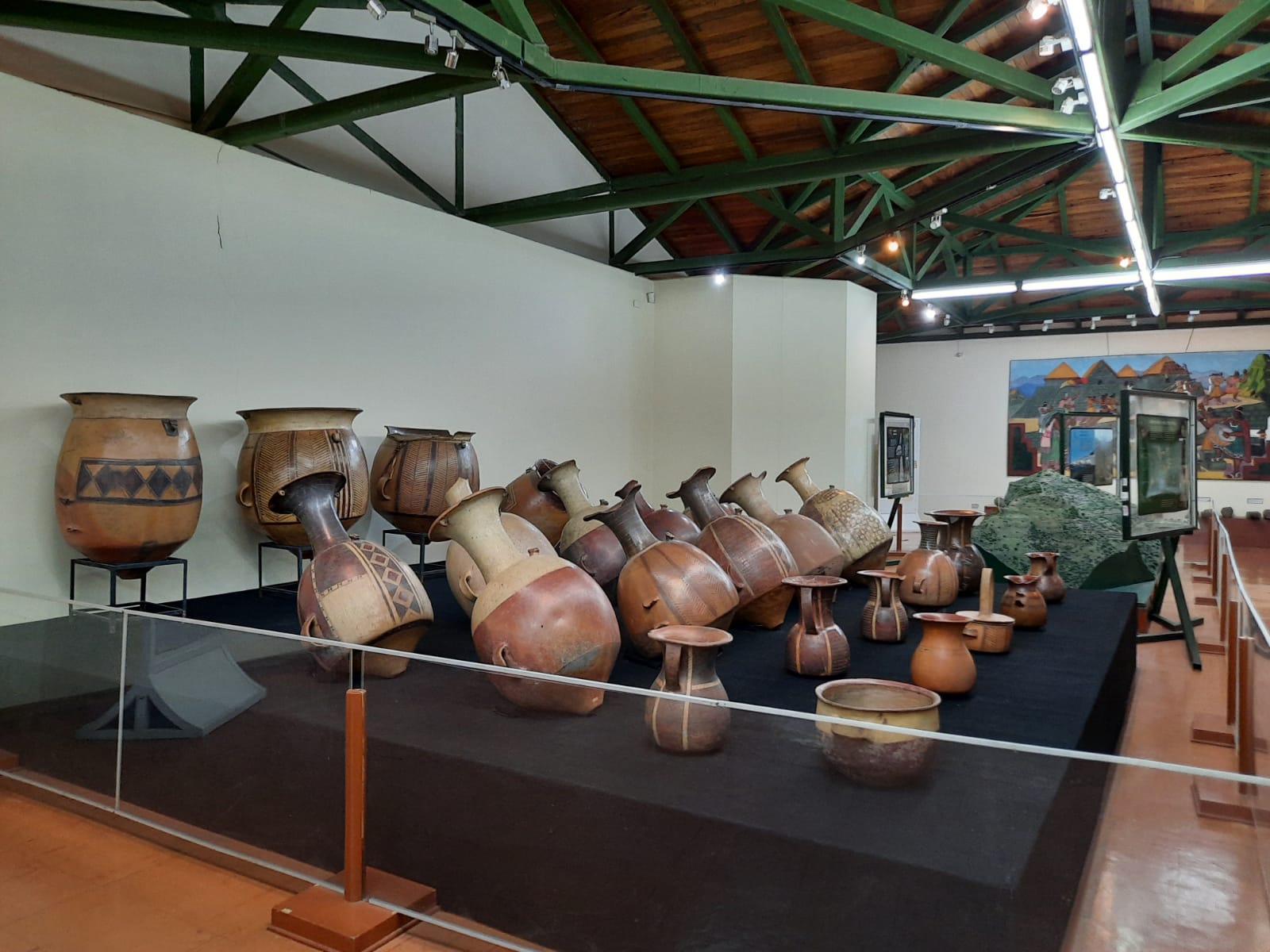
3 thoughts on “Museo Inka, Cusco”